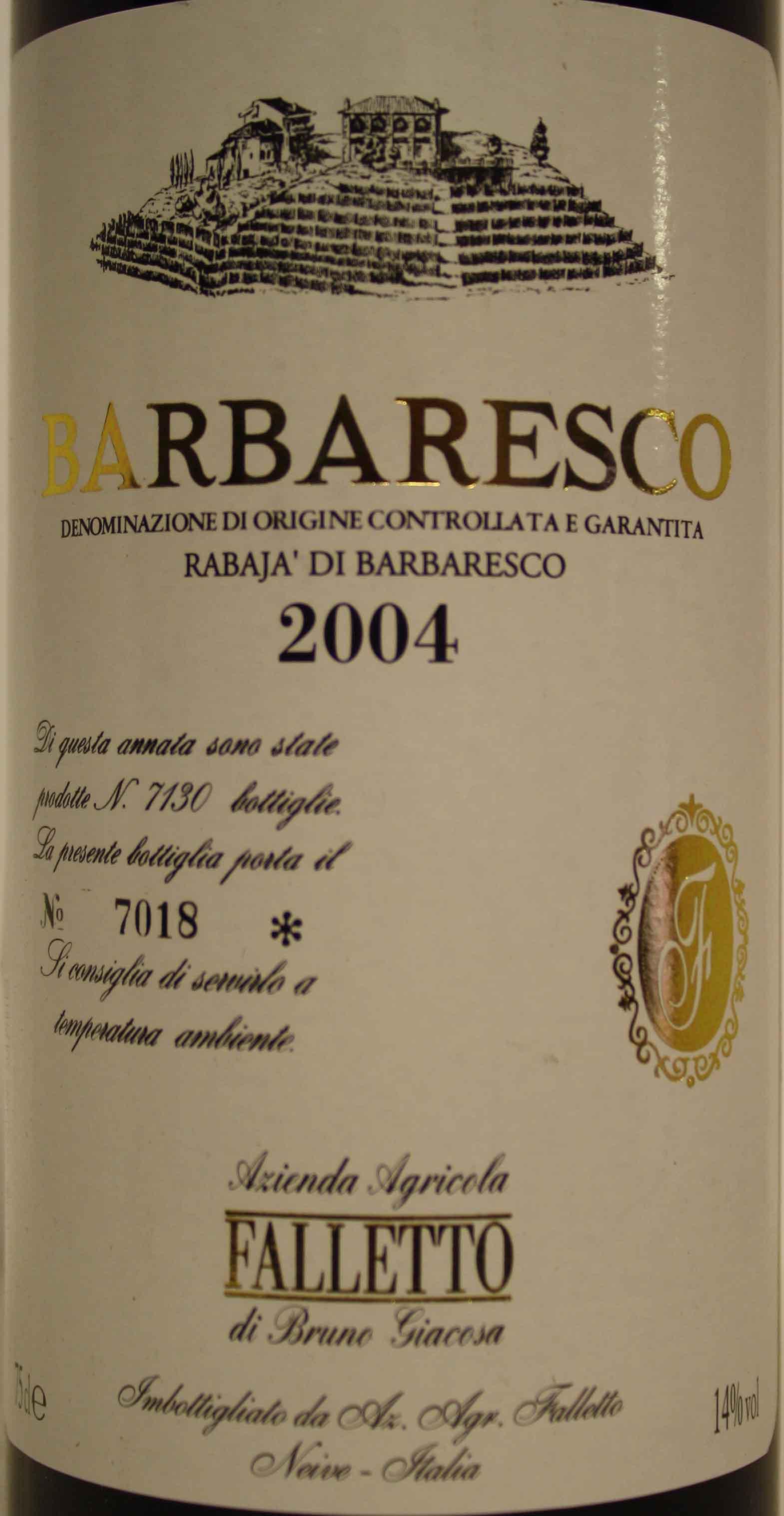2004 Barbaresco Red Blend
The Bruno Giacosa Rabaja from the esteemed Barbaresco region stands out as a remarkable red blend with a captivating deep red color that invites exploration. This vintage from 2004 showcases a full-bodied profile, characterized by lively acidity that enhances its freshness and complexity. The wine is rich in fruit intensity, presenting a beautiful harmony of dark cherry, plum, and subtle hints of spices, providing a delightful tasting experience. With notable tannins, this wine offers a structured mouthfeel that promotes aging potential while remaining approachable in its youth. Its perfectly balanced dryness accentuates its versatility, making it a wonderful companion for rich meats or indulgent pasta dishes. This wine exemplifies the quality and artistry of Barbaresco, reflecting the region's unique terroir and winemaking heritage.
The Bruno Giacosa Rabaja from the esteemed Barbaresco region stands out as a remarkable red blend with a captivating deep red color that invites exploration. This vintage from 2004 showcases a full-bodied profile, characterized by lively acidity that enhances its freshness and complexity. The wine is rich in fruit intensity, presenting a beautiful harmony of dark cherry, plum, and subtle hints of spices, providing a delightful tasting experience. With notable tannins, this wine offers a structured mouthfeel that promotes aging potential while remaining approachable in its youth. Its perfectly balanced dryness accentuates its versatility, making it a wonderful companion for rich meats or indulgent pasta dishes. This wine exemplifies the quality and artistry of Barbaresco, reflecting the region's unique terroir and winemaking heritage.




